Izumi ‘Mimi’ Kobayashi: Irrepressible, Off-the-Wall, and Utterly Unique
Here is the tale of late ‘70s/early ‘80s Latin jazz-funk and leftfield electronic boogie of Japanese composer and pianist Izumi ‘Mimi’ Kobayashi.
Izumi ‘Mimi’ Kobayashi is on a mission to learn 1,000 songs by heart. No-one has asked her to do it, but now in her late 60s the Japanese pianist and composer is still finding new ways to challenge herself. Jazz standards, pop tunes, classical suites, you name it, Mimi has memorised it. Today’s task is rhythm practice – left hand afrobeat, right hand melody. And then switching keys. And then playing on the off-beat. “Now when I walk, I walk with an off-beat,” she laughs. One suspects that’s always been the case.
Born in 1957, the only child of a single mother, Mimi grew up in the fishing town of Funabashi on the eastern side of Tokyo Bay. With an inquisitive mind and a curious taste in music, her first love was not the idol singers emerging in ‘60s Japan but Brazilian singer Astrud Gilberto. Her mum took a look at her daughter’s preternatural love for bossa nova and thought one thing: “Wow, you are so strange!” Mimi was duly enrolled in piano lessons but struggled with self-confidence and thought that following scores was the most boring thing you could do.
With her head in the clouds but her feet firmly on the ground, Mimi was given two choices – follow in the footsteps of the many doctors in her family or strike out alone as a musician. Passing tests for both, Mimi opted for the latter, in part because she could earn a living immediately to support her mother and put herself through high school. Sacked from the bread factory where she was working underage, the 14-year-old instead made decent money playing in local function bands alongside musicians several years her senior. By the time she was their age, she was gigging and recording flat out, well on her way to a successful career as a session musician.
“It was just pure luck,” Mimi says, although it’s difficult to believe her. The hardest workers tend to pass off their success as fortune. “I met the right people and good musicians, so I didn’t struggle with anything, it just happened. One thing, then the next, then the next.” By the time Mimi joined the local US Army Base Camp band at 17, she was already attracting attention for her loose and vibrant Hammond organ interpretations of Ohio Players, Commodores and Earth, Wind and Fire classics. As a member of jazz fusion group ASOCA, she found herself winning the prestigious amateur Yamaha EastWest Band Contest in 1976 and within a few years she had released a fittingly Latin-tinged single called ‘My Beach Samba’.
None of this was a foregone conclusion. For young female musicians in Japan at the time, industry interest usually came with a certain expectation, and it’s safe to say that when Sony came knocking, they were not looking for a jazz fusion pianist. To the horror of the label’s grey-suited executives Mimi turned up to her first meeting with wet hair and flip-flops, fresh from a dip in the sea. “I was just smiling and giggling,” she remembers, also now smiling and giggling. “But my manager was sharp and he recognised that this girl couldn’t be a pop star because I didn’t care about my clothes and my fashion.” When a deal to make an album was finally on the table, Mimi put her flip-flopped foot down and said she would only take it if she could record with ASOCA. Cast in the role of indefatigable bandleader, Izumi ‘Mimi’ Kobayashi’s Flying Mimi Band was born.
The group’s debut album Orange Sky was released in 1978, featuring among others a young Yasuaki Shimizu on saxophone. Written and produced by Mimi herself, it was a formidable expression of prodigious talent from a musician who was barely 21 and had only played the piano for little over ten years. The promo material featured a photo op with Herbie Hancock, many of whose musicians she would go on to employ. A second LP, Sea Flight, followed six months after the first, recorded in between surf lessons in Hawaii. Riding the wave of an industry flush with cash and big ideas, Mimi found herself caught between worlds. Things were taking off, but she was still living like a student in a shared house in Kawaguchi suburb of Tokyo, surrounded by musicians and practising like mad. Amid recording gigs for TV and advertising, she hardly had time to draw breath.
To an extent, Flying Mimi Band was a casualty of its own success. From amateur group to nationwide sensation, her musicians were being drawn to better paid gigs and it wasn’t long until many had found spots elsewhere. Mimi too landed on her feet as the only female musician in legendary rock guitarist Takanaka’s band. In 1981, Takanaka’s label Kitty Records recruited Mimi for her first debut album proper.
Once again given free reign, Mimi decided to go to LA to record the album that would become Coconuts High, floating around the city’s jazz-funk circuit, cherry-picking her new backing band along the way. Drummers Alex Acuña (Weather Report) and Harvey Mason (The Headhunters), and bassists Abraham Laboriel and Freddie Washington were recruited with minimum fuss, as were the Tower of Power horn section, all of whom read Mimi’s charts, played them through twice and hit record on the third. Then one night, Mimi found herself in a small venue watching reggae outfit Babylon Warriors. Before the gig was up, she had charmed her way backstage and asked them to record too. “They were like, who are you??” she recounts, rather taken by her own bravado.
Needless to say, Mimi made a good case and she paints an amusing picture of the culture clash that ensued in the studio. “I had written a chord sheet that they couldn’t follow, so I put up a big paper with a big letter of the chord and I pointed to it with a stick,” she explains. For a musician schooled in the score-reading rigour of Japanese session work, it was a taste of an intuitive recording process that would come to shape her later work. The track they cut, ‘Lazy Love’, was a dubbed-out version of ‘Crazy Love’, both of which found a home on a record with more than a nod to the Latin-infused shenanigans of Kid Creole and the Coconuts. A cult classic with an unforgettable cover to boot (repurposed for this compilation), Coconuts High remains Mimi’s most sought-after work.
There was no let up. Mimi took an anything goes attitude into her next two solo projects, Nuts Nuts Nuts and Tropicana, which were released in 1982 and 1983 respectively. The first was a vehicle for her to experiment with combining electronic programming and orchestral music. The second was a flight of fancy. “I just wanted to do silly pop songs,” she says. For all her success, Mimi was not one to take things too seriously.
That’s not to say that she had a flippant attitude to music making, and perhaps nothing set Mimi apart quite as much as her desire to be involved in every stage of the process. The de facto producer of all her own records, she took an obsessive interest in the latest electronic instruments which were changing the shape and sound of contemporary music on an almost monthly basis in the early 1980s. Fascinated by gadgets and their sonic possibilities, Mimi began gathering synths that no-one else had, such as the E-mu Emulator 2 sampler, or the LinnDrum drum machine, which she bought in LA for $10,000 and insisted on using on an Anime soundtrack against the better instincts of the show’s producers. Cartoon scores had been exclusively orchestral and the idea of an electronic instrument was radical in the extreme, but Mimi was sure it would work. The theme for Urusei Yatsura, ‘Lum’s Love Song’ took her ten minutes to write and went on to sell half a million copies.
Moments like this are peppered through Mimi’s story but she refuses to dwell on them. Fame remains the least of her aims, but in the 1980s she didn’t have much choice. The more it found her, the further she recoiled. Just as her career was reaching new heights in Japan, Mimi decided to leave in search of a new challenge, packing a bag to join a European tour organised by Warner Brothers UK. Once again, her mother was more than a little bemused. “How silly you are!” Mimi remembers her saying.
What was meant to be 6 months is now 40 years and counting, but Mimi wouldn’t have it any other way. “In Japan the artist was a product for the record company. When I was in Japan, I felt like they were making me bigger than reality and it felt really unnatural.” From vast crews and lavish riders, Mimi went back to basics, and she remembers her first London gig with fondness - a performance at the ICA where she was expected to set up and pack down the keyboard herself. It was a breath of fresh air, and she loved it. “I didn’t like those flashy things,” she says. “I'm a pure musician, I like music and I want to play good music with good musicians. In London I felt like I could see myself better.”
That’s not to say that Mimi didn’t reach new heights. In the years that followed, she found work recording global hits like ‘Breakout’ with Swing Out Sister and ‘Enjoy The Silence’ with Depeche Mode, indulging her love of Jamaican music with the Reggae Philharmonic Orchestra and forming an electronic duo called Moves In Motion with Attica Blues’ producer Tony Nwachukwu. Drawn to dance music, she spent much of the ‘90s running her own distribution business with Cisco Records, buying and licensing deep house and techno for the Japanese market. Did she ever DJ too? “No, but I have a DJ name,” she replies. “It’s Natty M.” Playing reggae presumably? “No, Natty M plays amapiano.” Of course she does.
The careers of some musicians are built around a few major milestones. Mimi reached hers and then kept going, driven not by external achievements but on her own interests and desires. Put yourself out there, be open to experience and curious encounters will abound. Music is like air, she says, “it is necessary to live.” Her current projects include a reggae duo with Ronnie Maxwell, playing percussion in a bossa covers band, piano recitals for the elderly, a sprawling solo album of her own, a regular gig with London-based Sudanese funk outfit The Scorpios, and a leading role in Tokyo Riddim Band, the intergenerational live Japanese reggae outfit born from Time Capsule’s 2023 compilation of the same name. In that sense, a retrospective such as this one goes against her better nature, which has always looked forwards rather than back.
Now in early 2024, Mimi is about a third of the way through learning those thousand songs. Adding six or seven a week, it should only take her a couple more years. “Classical is the hardest because there are often many pages and you can’t make a mistake,” she explains. “From this experience I think my piano playing has become slightly better.”
If it wasn’t obvious already, Mimi is also self-effacing to a fault. “I always feel guilty of my skill, even now, I want to be better,” she reflects. “It never ends actually. That's the beauty of music, but also the hard part of music.” There’s always something else to learn. Ask her what her dreams are for the future, and she’ll paint you a picture of a room with a grand piano and a view of the ocean, where the mic is always running, and she can practise and record to her heart’s content. Oh, and learn quantum physics, which she is currently teaching herself on YouTube. Because Izumi ‘Mimi’ Kobayashi lives by one rule alone: “If I want to do something, I will do it. But I don’t have any time to hang around.”
Anton Spice
Stream or purchase ‘Choice Cuts 1978-1983’
Watch Anton’s Interview with Mimi here:





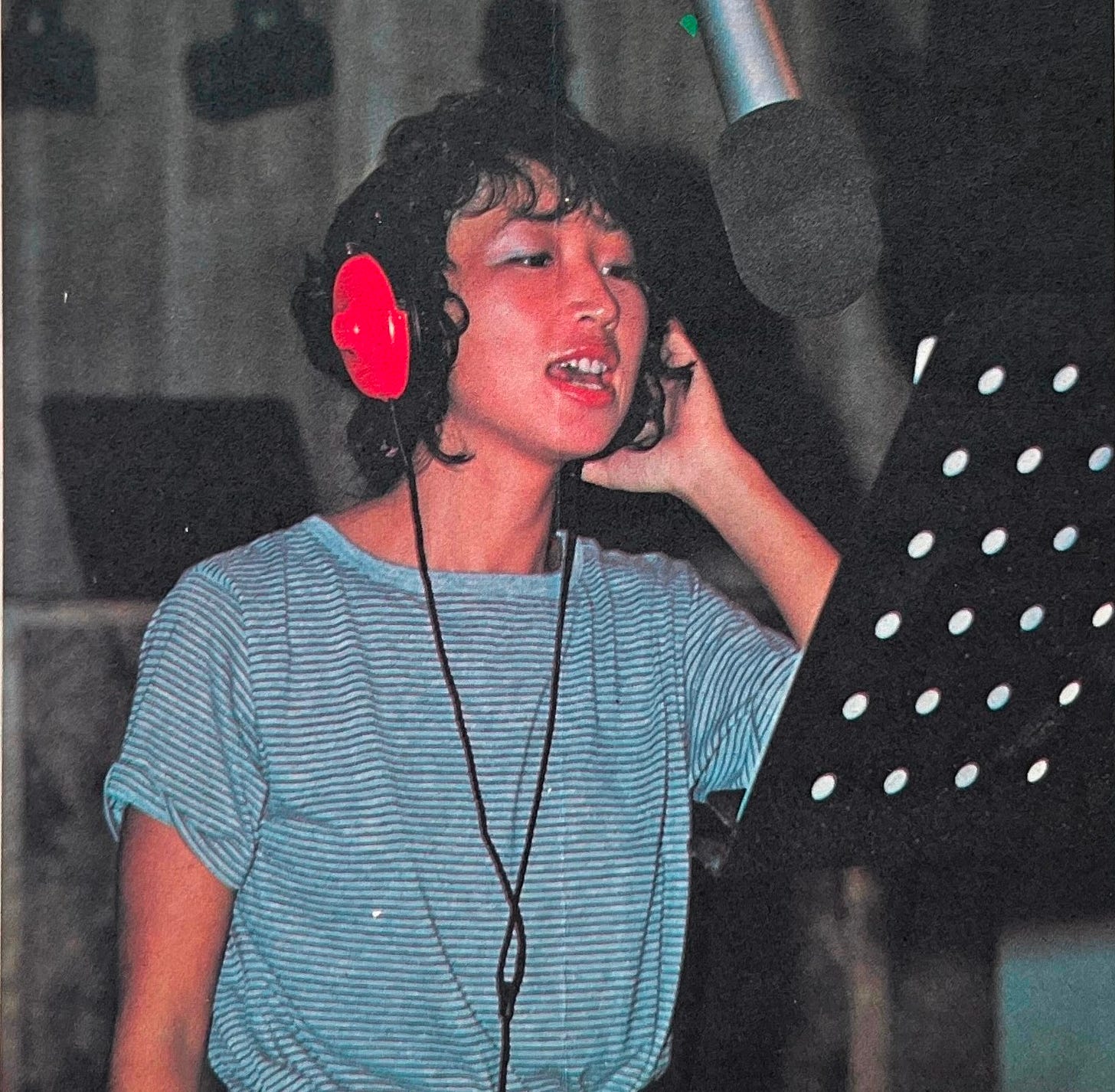

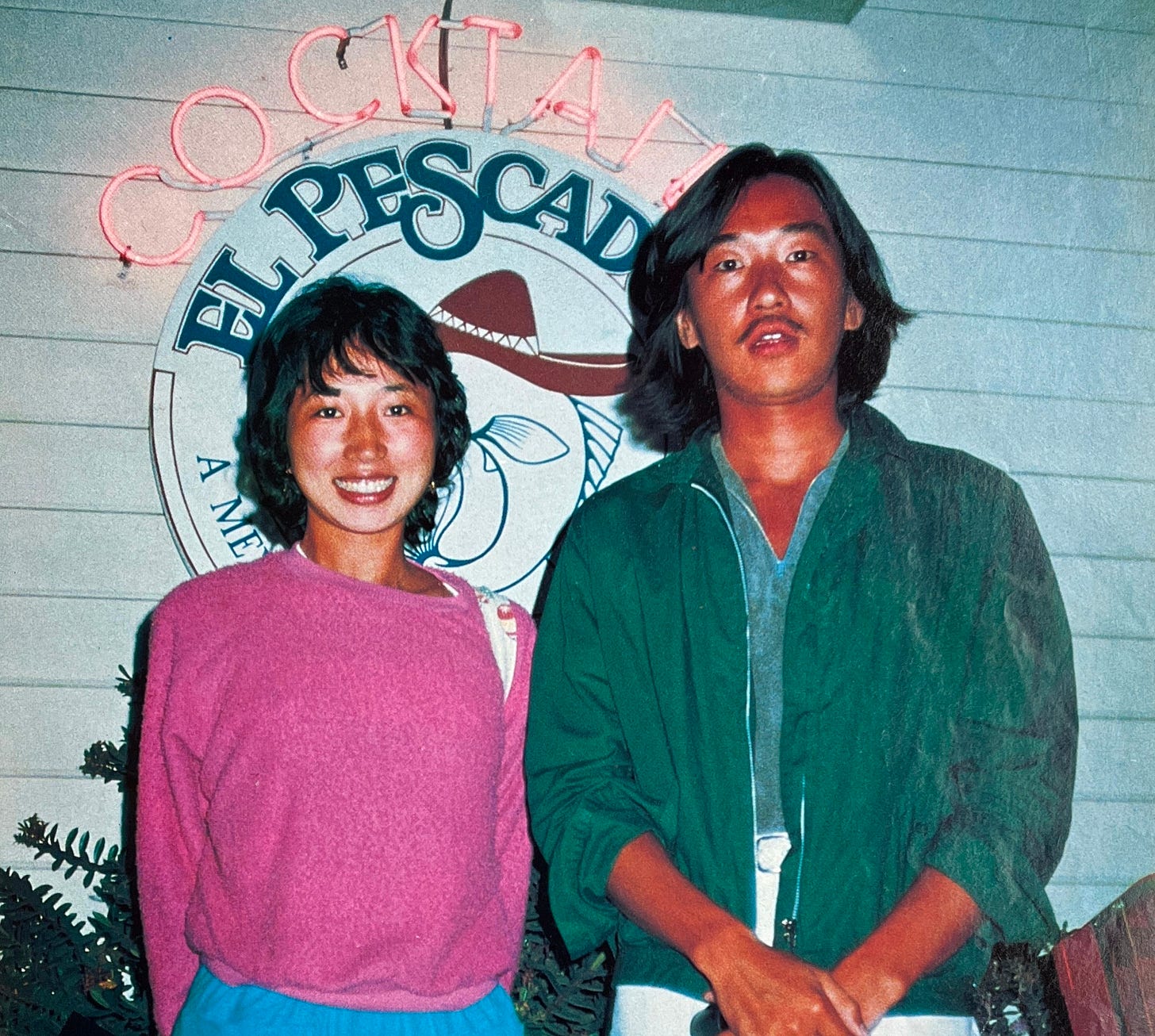
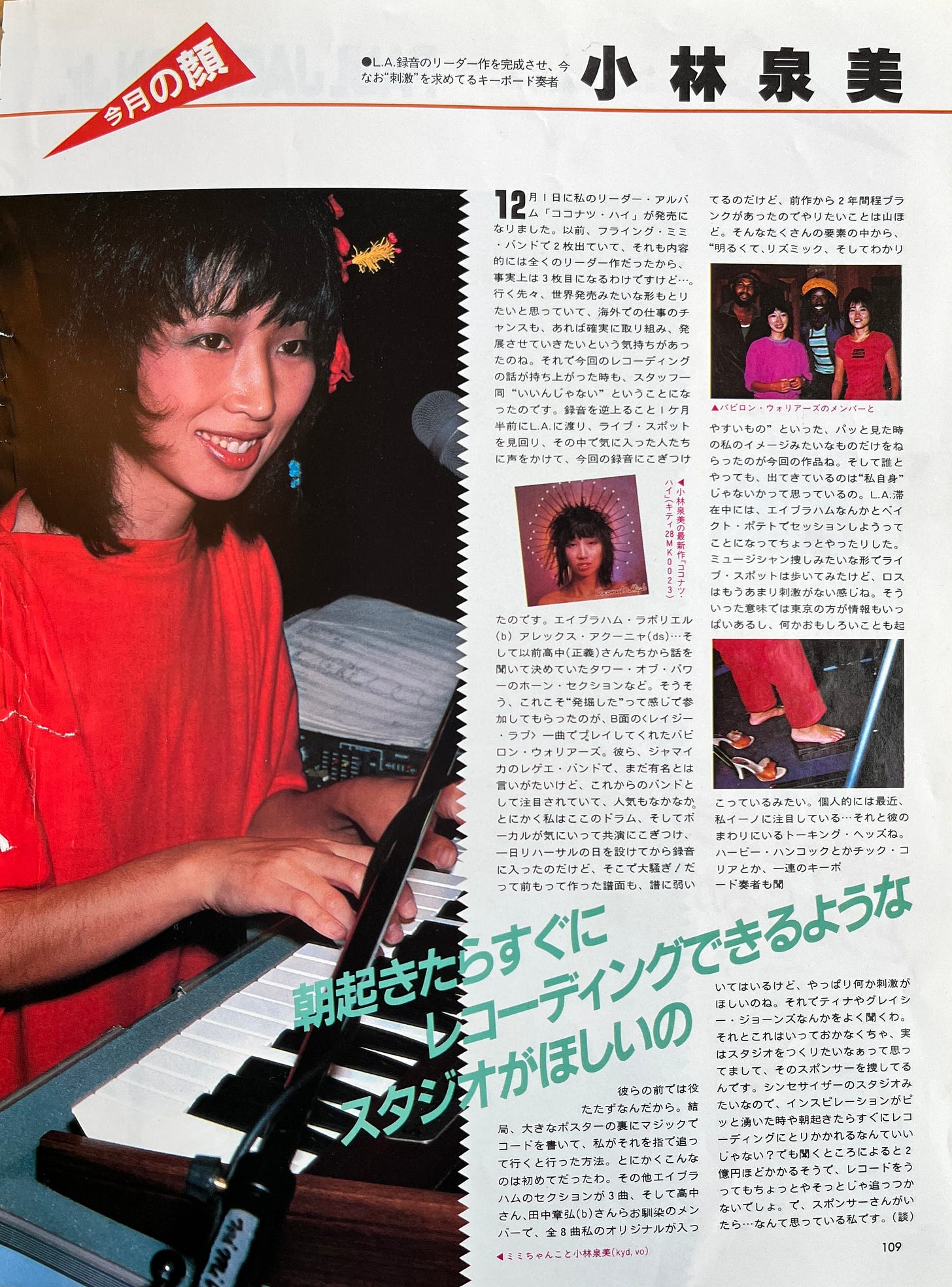
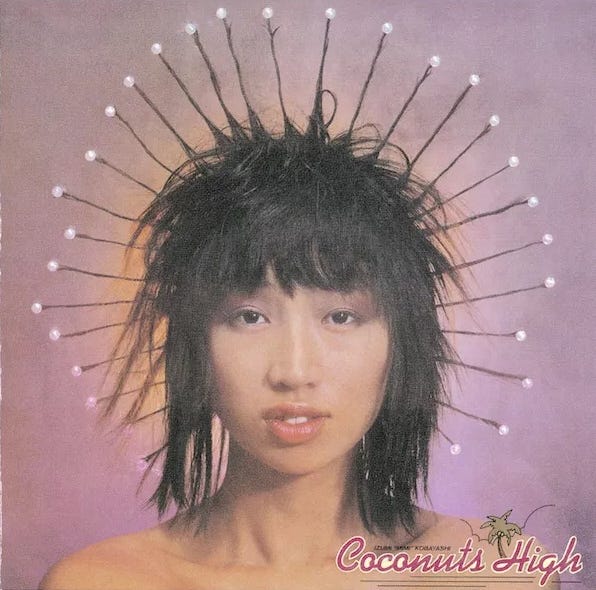
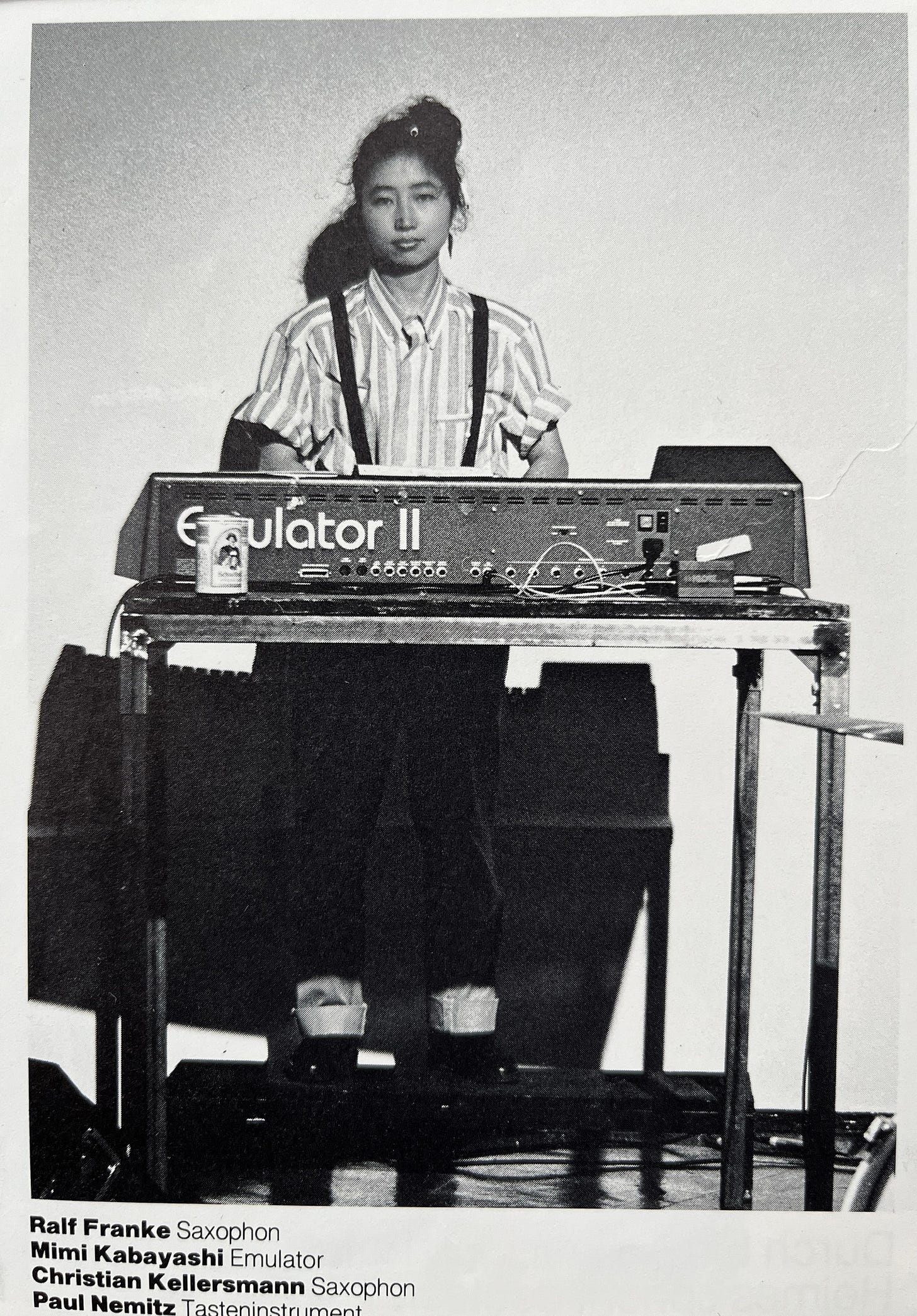
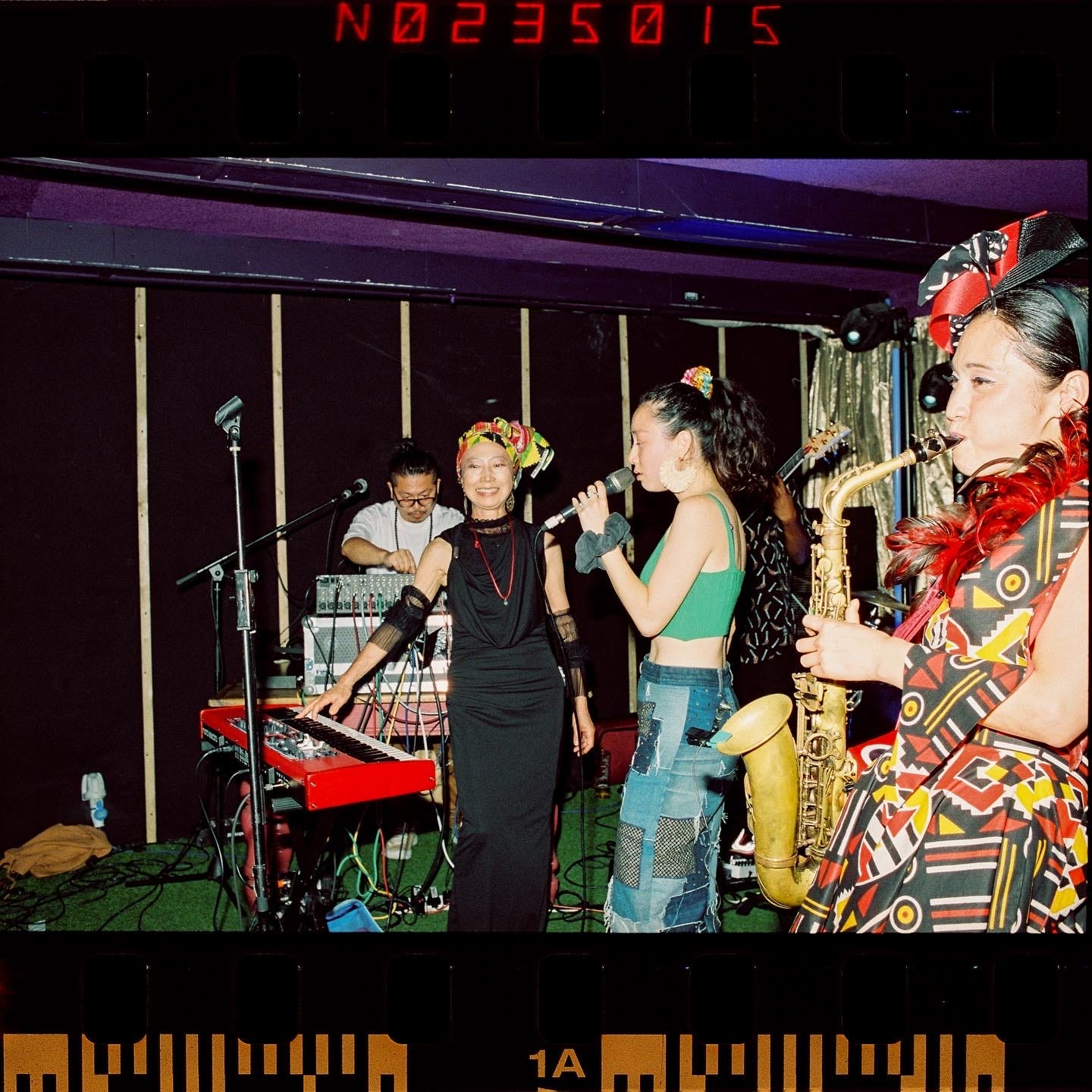
I've only just made the connection... Mimi was on stage with Scorpios at the gig in Kings Place in London last year... doh... I've had the Coconuts High LP for years... discovered of the back of the "Crazy Love" 45... thanks for sharing this very detailed insight...